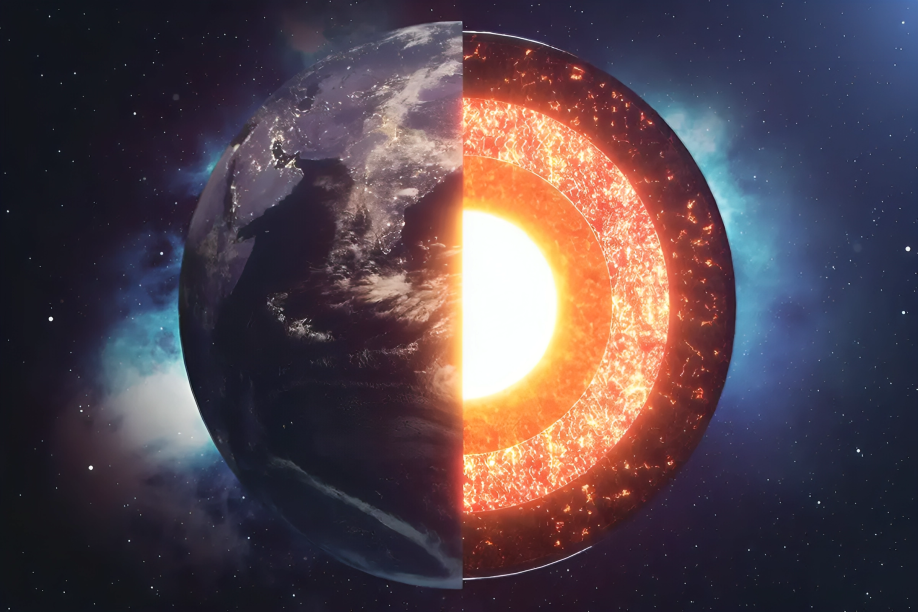The 24-hour day is a cornerstone of human activity, marking the rhythm of life on Earth. Yet, our planet’s rotation is far from a fixed, mechanical process. Earth is a dynamic entity, its rotation influenced by gravitational interactions, shifting masses, and internal processes. While many short-term fluctuations in day length have known causes, scientists have long been puzzled by minuscule variations occurring over millennial timescales. Recent research led by geophysicists at ETH Zürich in Switzerland suggests that the answer may lie in Earth’s molten iron core, where complex movements subtly alter the planet’s rotation.
Several factors contribute to variations in Earth’s day length, including gravitational forces from the Moon and the redistribution of mass on Earth’s surface due to melting ice and shifting water. Over millennia, a fluctuation of approximately 3 to 4 milliseconds has been observed, suggesting a connection to processes occurring deep within the planet. Earlier attempts to link this fluctuation to movements at the core-mantle boundary were inconclusive, but advancements in data collection and modeling have enabled scientists to revisit the issue with greater precision.
The ETH Zürich team approached the problem by eliminating known influences, such as ice and water shifts, the Moon’s gravitational pull, and the elasticity of Earth’s crust. This meticulous process required integrating data from diverse sources, including neural network analyses, magnetic field measurements from ancient rocks, and eclipse records dating back to 720 BCE. Their findings revealed that changes in ice and water distribution had a smaller effect than previously assumed. Instead, the fluctuation aligned more closely with movements within Earth’s outer fluid core, supporting theories of magnetohydrodynamic influences on rotation.
While this research provides significant insights, it also underscores the complexity of studying Earth’s internal processes. The observed fluctuations, though consistent with simplified models of core dynamics, highlight gaps in our understanding of Earth’s inner workings. The team acknowledges that further refinement of models is essential, requiring larger datasets and more comprehensive approaches. Understanding these subtle changes is not just a matter of curiosity; it deepens our grasp of Earth’s geodynamics and its intricate interplay of forces that govern the planet’s behavior over vast timescales.\



